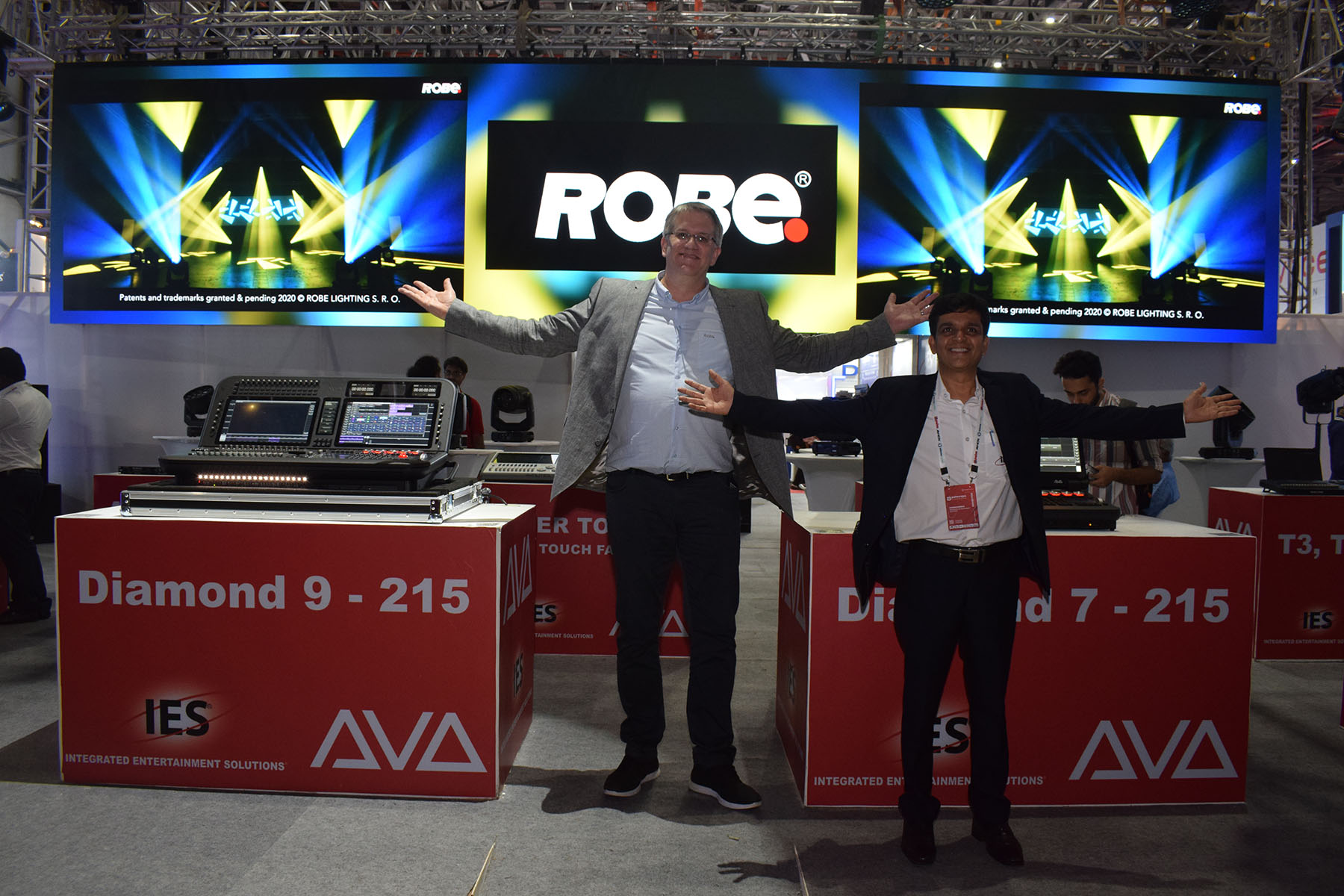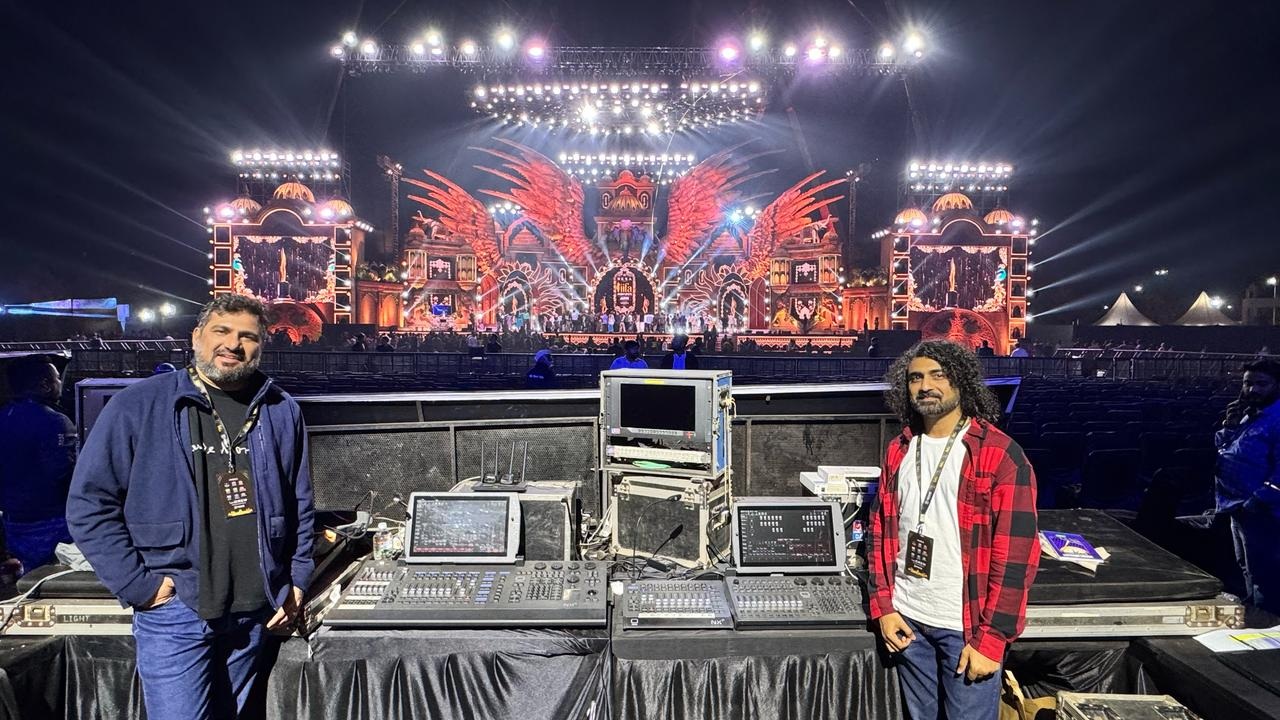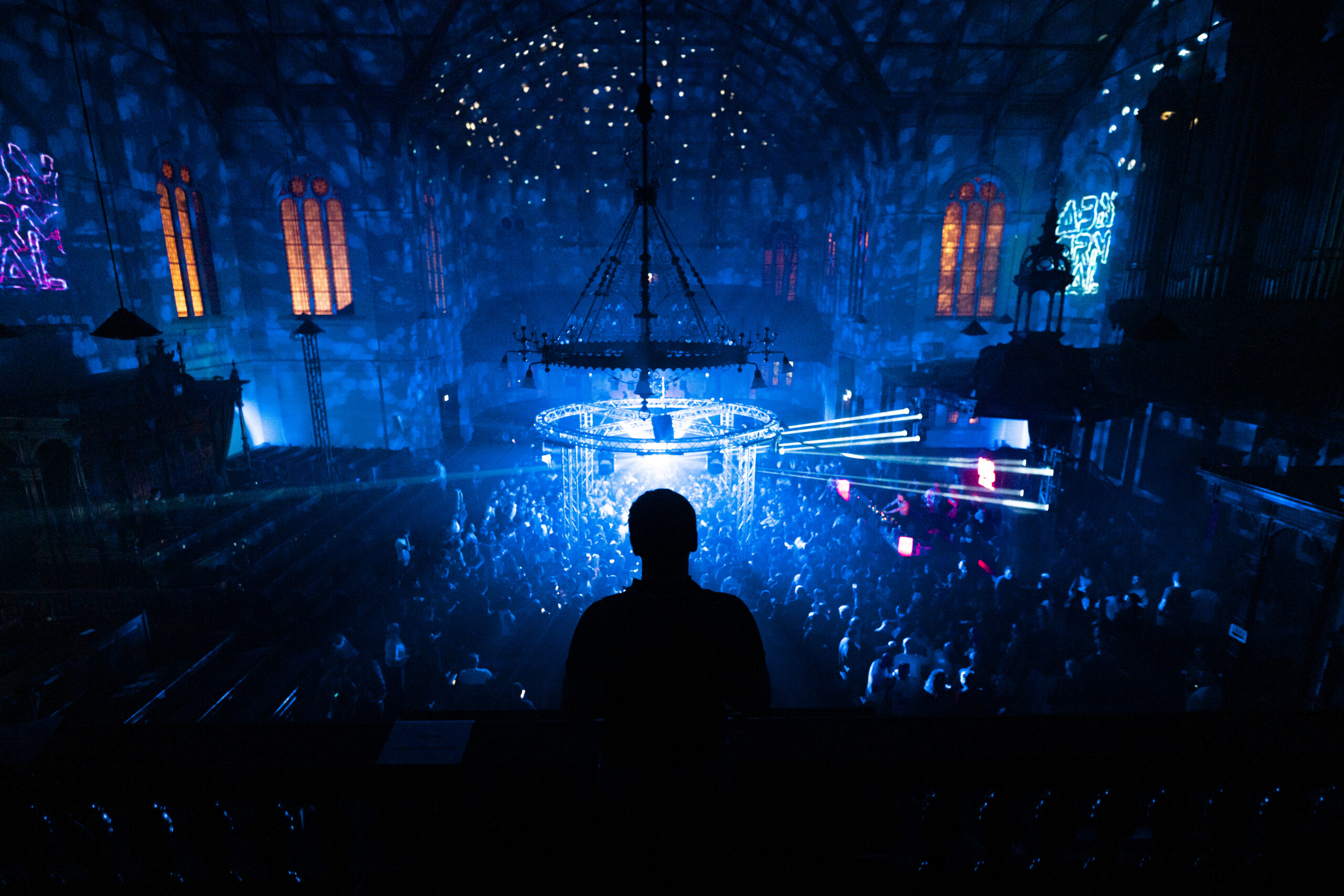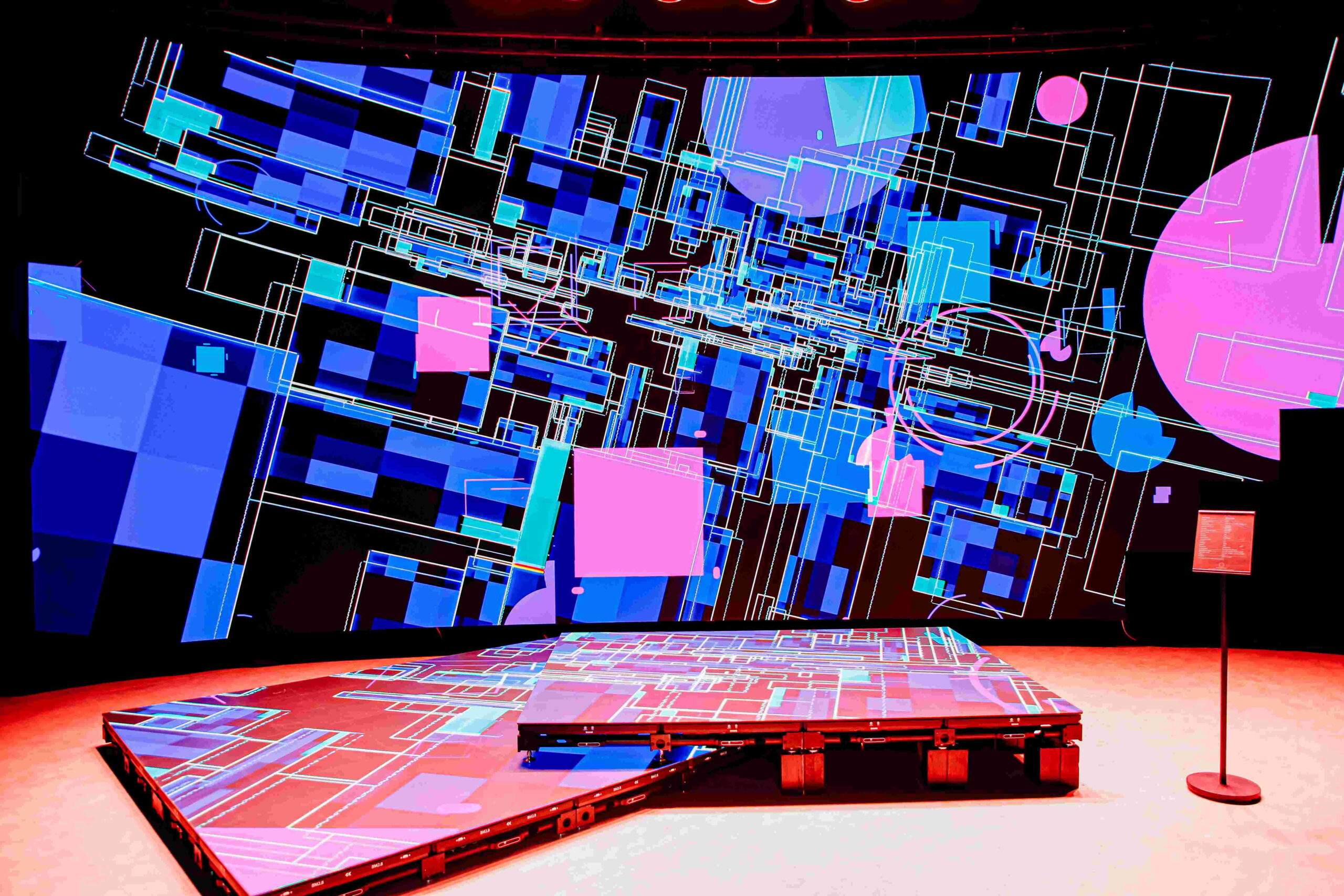TAIPEI, Taiwan – Capping a 34-year singing career that included 60 albums and eight Melody Awards, Jody Giang performed 25 concerts lit by Tokyo based Mitsumasa Hayashi, whose rig included 46 Robe Pointes.
More details from Robe (www.robe.cz):
The ‘Queen of Taiwanese Music’ Jody Chiang said farewell to fans after a long and stellar 34 year singing career which has produced no less than 60 albums and seen her win eight Golden Melody Awards!
Twenty-five epic concerts were staged by the superstar at the Taipei Arena in the Songshan District of Taipei and the Kaohsiung Arena in Zuoying District, Kaohsiung, Taiwan. Ticket sales for the original 16 dates were so over-subscribed that an additional 9 shows were added, enabling over 250,000 people to see her perform live for the final time.
Jody Chiang’s regular lighting designer since 2013, Tokyo based Mitsumasa Hayashi, was asked to create high-impact lighting for the occasion. One of Japan’s leading LD’s, Hayashi worked closely with set designer Fion Cheng and a team of producers from the Young Hope Corporation in Taiwan to make the shows exciting, elegant and memorable – a fitting tribute to a successful superstar.
The set started as a ‘bare stage’ and had a curved theme that included a long runway snaking out into the audience, staircases and various hydraulic platforms which rose out of the stage throughout the show. Out above the audience, 368 paper lanterns were suspended in the celling as part of the set dressing.
The lighting was designed with full adaptability to the fore – able to transform from full-on Broadway style razzamatazz one moment to the bare elemental shreds of experimental theatre the next. At any time, the show presentation could be stripped back to the base elements, which were the carefully and precisely positioned lighting instruments. Hayashi’s main effects lights were 46 x Robe Pointes.
A large arched upstage truss dominated the general stage architecture, complemented by a large arched HD LED screen upstage, which was supported by two side LED screens for IMAG. Alongside all these big, high-impact dramatic ‘gags’ and scenic pieces, the general look and feel of the performance area was clean and uncomplicated, allowing Jody Chiang to be the center of attention.
Twenty four Pointe fixtures were rigged on the arch with another 22 on the floor upstage, allowing him to frame Jody Chiang in their powerful beams when stage-center or when working the catwalk, utilising multiple effects like gobos, colour and prisms to accentuate her presence.
Hayashi chose Pointes as the best beam fixtures available, and specifically to make up these framing effects. He especially likes the frost and prism features and the half-colours, all which were used extensively for creating unique effects for this show. Pointes were also ideal because they could look fast, poppy and contemporary for the up-tempo numbers, or slow and moody for the ballads. “They are truly a multi-purpose fixture!” he declares.
Hayashi first invested in ROBE in 2014 with the purchase of 40 units by his own rental company, The Mula Corporation. He has compared and contrasted many beam and ‘multi-purpose’ fixtures lately and Pointes have so far proved to be the best choice for his design style. He first used Robe’s best-selling multi-purpose fixture in 2014 on Japanese singer Mariko Takahashi’s ‘Adultica’ tour and they have appeared regularly on his work ever since.
Other lights on the rig included Vari*Lite VL3500 Wash and VL3000 Spot, a number of other moving lights, 9-lite blinders and Xenon Pin spots from Ushio lighting. All the lighting was controlled via a Compulite Vector console, supplied by rental company Engineering Impact Taiwan Corp., together with the rest of the lighting equipment.
Working alongside Hayashi in Taiwan were his FOH team from Mula : lighting director Yoshinori Yamamoto, lighting programmer Takeshi Nakanishi, moving light operator Lee Kyungmin, operator Toshiyuki Nakamura and lighting systems engineer Kazuyoshi Kondo.
The biggest challenge was to balance the ambient brightness from the video screen with the lighting. The lighting has to be powerful as the video, but not overwhelming and balancing this dichotomy was the key.



